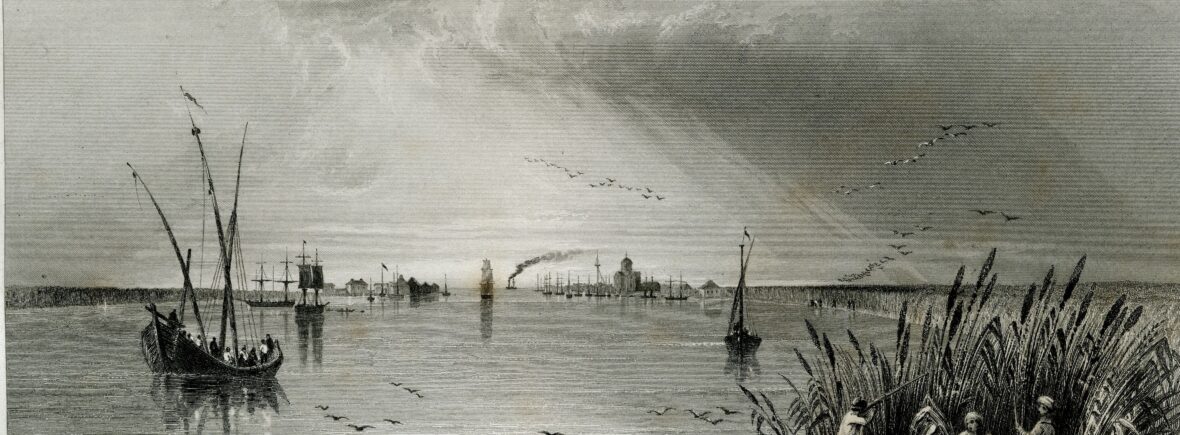2025
Constantin Ardeleanu published the article “An Institution “of Ignorant Times” or a “Modern and Rational” One? Romanian Views of Quarantines in Late Nineteenth Century” in Études balkaniques (Sofia). In 1892, when an outbreak of cholera hit several European countries, Romania and Bulgaria remained free of the disease. Sanitary authorities in both countries imposed strict quarantine restrictions on the entry of passengers and cargo into their respective states. The economic cost was high, and the conservative government ruling Romania decided in early 1893 to relax the precautionary measures to facilitate economic exchange. Iacob Felix, a Romanian hygienist who headed the country’s sanitary service, advocated such measures, also encouraged by the Sanitary Conference in Dresden. The abolition of land quarantines in April 1893 was strongly opposed by some doctors, such as the bacteriologist Victor Babeș, who believed that the Romanian sanitary system was not prepared for such a measure. When cholera invaded Romania in July 1893, the dispute between the two camps became open, and adepts of both sanitary doctrines used Bulgaria’s more quarantinist policy to point out the shortcomings or advantages of land quarantines. Drawing on various published and unpublished sources, this paper outlines the main stages in the development of the controversy and contextualises Babeș’ inspection to Bulgaria within his broader view on the importance of land quarantines for states with an “imperfect sanitary system”.
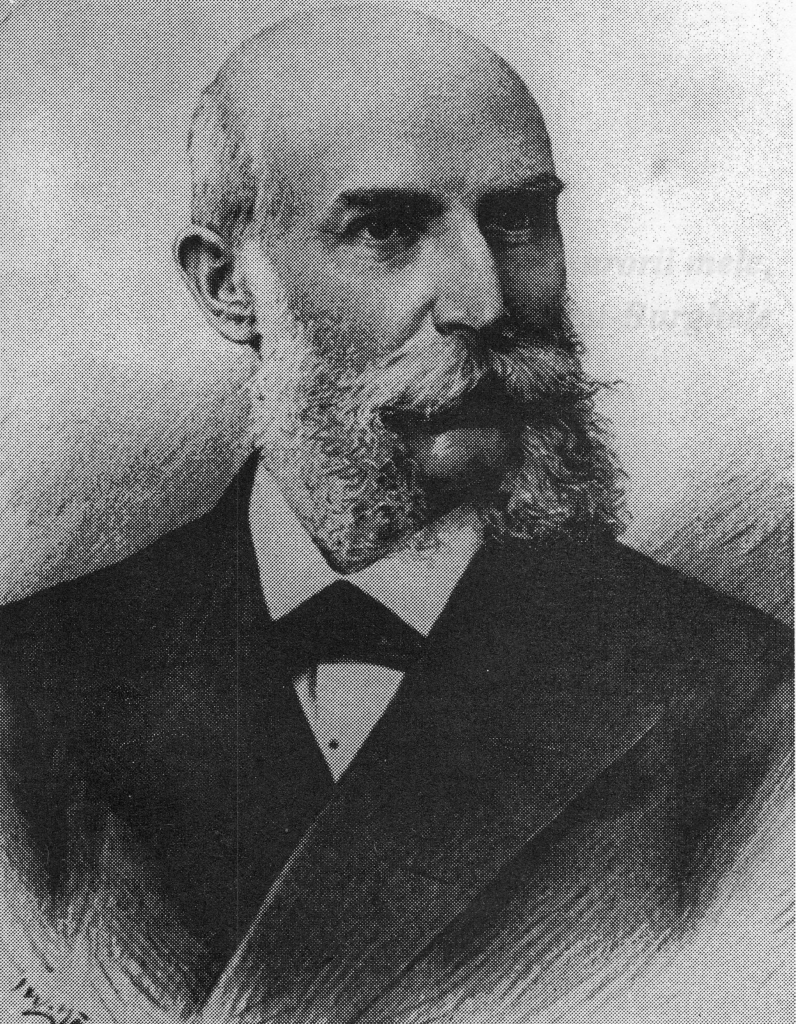
Andrei Emilciuc published the article “Fishing in the Waters of Imperial Russia’s Cordon Sanitaire in the Danube Delta (1812-1856)” in Études balkaniques (Sofia). Andrei’s paper aims to determine to what extent the cordon sanitaire established by the Russian Empire along the Chilia branch in 1813 and its transfer in 1836 to the Sulina branch affected fishing in the Danube Delta. Based on unpublished documentary sources, the article provides relevant and detailed information about the restrictions imposed by the Russian authorities on fishermen during the period 1812–1856. This study shows that there were two distinct periods in this regard, delimited by the transfer of the cordon sanitaire from the Chilia branch to Sulina in 1836. The transfer, at the same time, of the islands of Letea and Ceatal to a “practical” status had a beneficial role on the development of fishing in the Danube Delta. Sanitary restrictions gradually gave way to those imposed by leaseholders, who initially acquired from the state the right to levy tithes on fishing, and later a monopoly of fishing in Danube waters.
Cosmin Koszor-Codrea published the article “The Politics of Bacteriology: Epidemics, Medicine and Scientific Racism in Romania, 1880–1914” in the May 2025 issue of the academic journal “East Central Europe”. This article examines the scientific contributions of Romanian medical elites to the struggle against some of the deadliest epidemic diseases prevalent around the turn of the twentieth century. It begins by analyzing the participation of Romania in international sanitary conferences and the important role it played in shaping regional political, scientific and racial narratives employed on the ground to halt the spread of cholera, plague, and yellow fever. The article further discusses some of the key moments in the development of bacteriology in Romania and the subsequent understanding of the interrelationship between the management of human and non-human microbes, tracing the political and social consequences of laboratory science. Finally, the article examines how bacteriology became the central solution to the spread of epidemic diseases and came to hold a central place in racial narratives that targeted vulnerable ethnic and social groups in Romania and beyond.
Constantin Ardeleanu published an article titled “Alexandru Tălăşescu (1862-1932): medic bacteriolog şi patriot protocronist” in the collective volume “Națiuni, naționalism și perspective interetnice în Transilvania. In honorem Sorin Mitu la 60 de ani”, edited by Constantin Bărbulescu, Ion Cârja, Marius Eppel, Andrea Fehér, Vlad Popovici, Ana Victoria Sima, Lucian Turcu, Mega, Cluj, 2025.
This biographical study traces the life and work of Alexandru Tălășescu (1862–1932), a pioneering Romanian bacteriologist, epidemiologist, and fervent nationalist. Trained under Victor Babeș, Tălășescu played a key role in modernizing Romania’s public health infrastructure, mainly through his contributions to bacteriology and his leadership as chief medical officer in the port of Constanța. His research addressed diseases like rabies, cholera, tuberculosis, and pelagra, and he advocated for systemic reform in public health and sanitary diplomacy. Beyond medicine, Tălășescu was deeply involved in cultural and nationalist movements, producing literary works rooted in protocronist and mytho-historical visions of Romanian origins. His later years were marked by an increasing shift toward cultural activism and linguistic purism.
Check it out at this link.
2024
Lidia Trăușan-Matu co-authored an article, together with Prof. Octavian Buda, on ”People, Epidemics, and Quarantine: Cholera Epidemics and Medical Reforms in Romania in the 19th Century (1831-1913)”. It has been published in the latest issue of the Romanian Journal of Population Studies.
Check it out at this link.
The volume includes several chapters presented during the workshop hosted by NEC in May 2023.
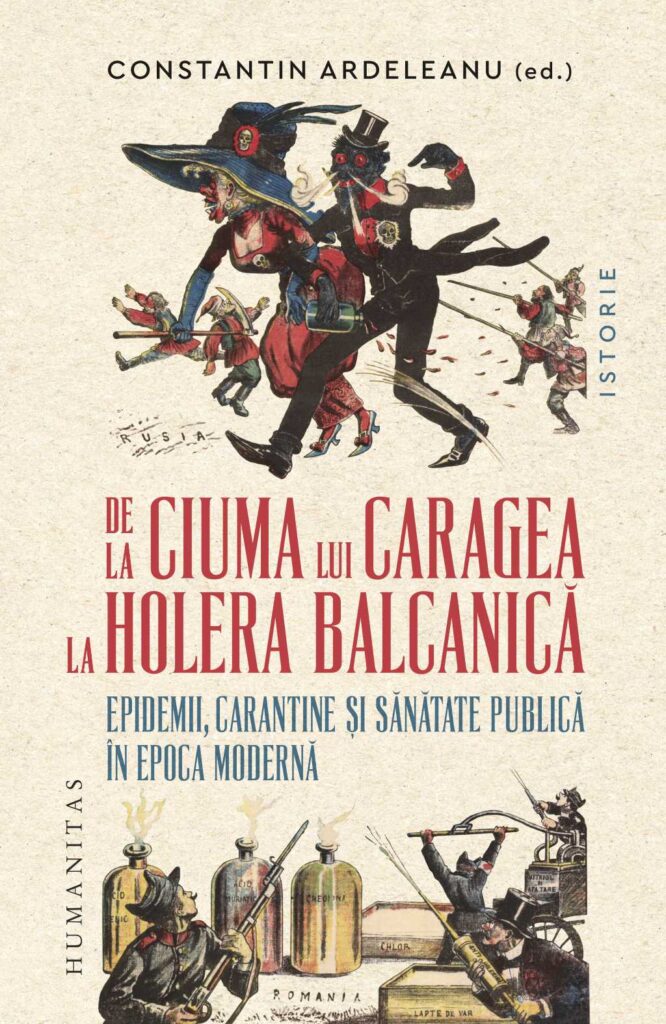
Constantin Ardeleanu published the paper “Romania and the International Sanitary Conferences of the Late Nineteenth and Early Twentieth Centuries”, in “Revue des Études Sud-Est Européennes“, LXII, 2024, p. 237–251. This paper traces Romania’s participation in the International Sanitary Conferences of the late nineteenth and early twentieth centuries. Romania’s interest in international sanitary diplomacy was directly linked to the country’s geographical location and the role of the Danube in the spread of epidemics. The cholera outbreak that reached the Lower Danube in 1865 demonstrated that the river, which connected the Levant to Central Europe via steamship companies, was one of the main gateways through which epidemics spread to the continent. With their busy commercial links to other Black Sea ports, Sulina, Galați and Brăila were equally vulnerable to the importation of diseases that reached Ottoman or imperial Russian ports by land, i.e., via Persia or Central Asia. Such serious health concerns became even more important to the Romanian government after the Danube Delta and Dobrudja became part of independent Romania in 1878. The text follows the various interests that Romania had during these decades, defended by diplomats and doctors who worked together to protect public health from various epidemic, political or economic threats.
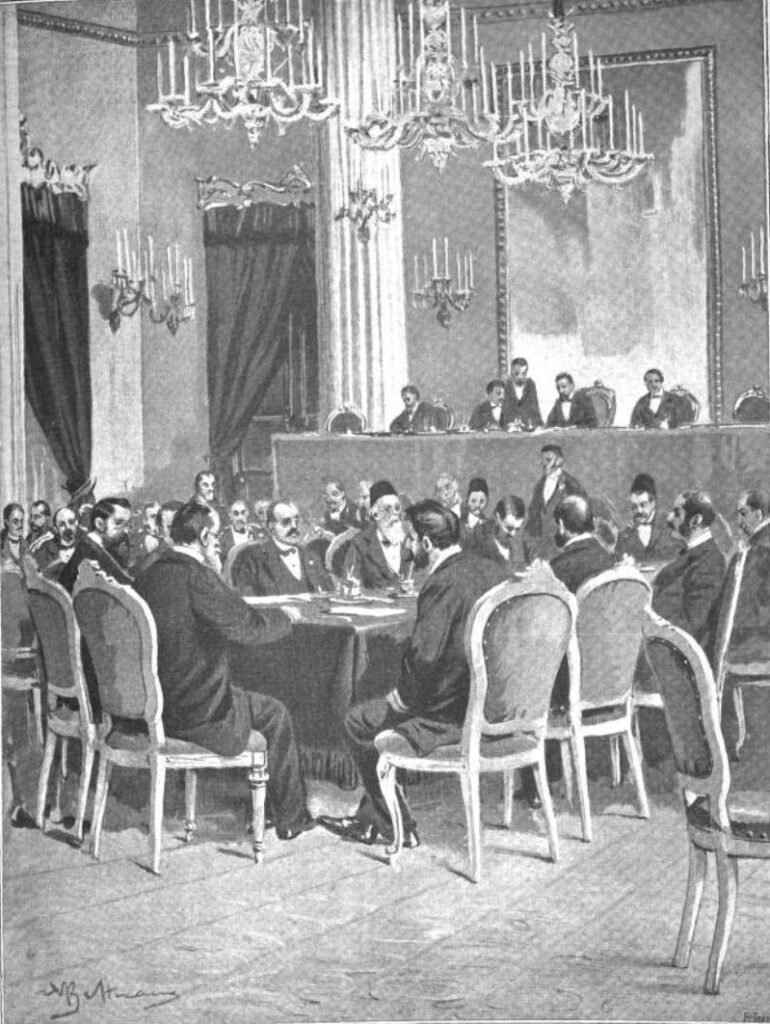
Constantin Ardeleanu published the chapter Travels and Epidemics, which is included in the open-access book Steamboat Modernity. Travel, Transport, and Social Transformation on the Lower Danube, 1830–1860. The chapter is dedicated to an important obstacle in the way of mobility on the Danube, namely quarantine regulations. With outbreaks of disease all the more frequent and virulent in the region, a passenger on the Austrian steamboat would encounter a variety of approaches to the nature and transmissibility of illness. In the Danube lazarettos, which will be discussed as contact zones, passengers became familiar not only with strict procedures to combat and prevent epidemics but also with various ways of ensuring the sanitary and political cleanliness of the bodies both of passengers and of the Principalities. The different sanitary visions also resulted from scientific disputes regarding the source of the spread of diseases, with specialists (not to mention the interested public) being divided between adepts of contagionist and of miasmatic theories.

Constantin Ardeleanu published the paper “Nicolae Docan şi „chestiunea controlului sanitar la Gurile Dunării” in the new academic journal “Dunărea. Studii şi materiale de istorie”, vol. I, 2024, p. 151–181
This article analyses two texts written in 1918 by Nicolae Docan, a Romanian diplomat and historian. Docan was a legal expert with a long career in the Romanian Ministry of Foreign Affairs, specialising in issues related to the country’s borders and the Danube question. In 1918, when most of Romania was occupied by the Central Powers and the German military administration sought to impose sanitary controls at the Sulina mouth of the Danube, the Romanian government rejected German attempts to establish a monopoly over the region. Docan drafted a diplomatic memorandum insisting on Romanian and wider European interests in securing sanitary controls of the Sulina mouth. The memorandum was part of a larger historical work in which Docan fully demonstrated his academic competence.

2023
Andrei Emilciuc published the paper “Beyond the Russian Empire’s Cordon Sanitaire. Economic Activities in the Danube Delta (1830s–1850s) in “Analele Universităţii Dunărea de Jos din Galaţi. Seria Istorie”, 21/2023, p. 31-61. This paper examines how the sanitary separation of the St. George Island from the rest of the Russian Empire influenced the development of the town Sulina, the main settlement established on this island, and the creation of a distinct territorial identity. To this end, I have corroborated archival documentary sources from the archival fund ‘Chancellery of the Governor of Bessarabia’, held at the National Archive of the Republic of Moldova, with other types of narrative accounts, be they authored by travellers, sailors, merchants or soldiers who visited Sulina during that period. The paper will thus determine how the sanitary isolation of the St. George Island manifested itself, then it will analyse the lucrative opportunities that attracted new inhabitants to Sulina and examine how, despite harsh living conditions, Sulina came to be regarded as an ‘American Eden’.

Constantin Ardeleanu has published the paper “Sănătate publică și comerț. Despre costul economic al sistemului carantinal de la Galați în perioada premergătoare Războiului Crimeii” (“Public Health and Trade. On the Economic Cost of the Quarantine System in Galați before the Crimean War”) in the latest issue (LI, 2023) of Anuarul Institutului de Istorie „A.D. Xenopol”. The text claims that the Treaty of Adrianople and the Organic Regulations legalised two contradictory institutions in the Romanian Principalities of Wallachian and Moldavia: their commercial freedom and the introduction of a severe sanitary cordon along the Danube. The former institution was open and inclusive, the latter closed and exclusive; the former was related to the globalization of the capitalist system and the Principalities’ exit from the economic periphery of the Ottoman Empire, the latter concerned the globalization of disease after the two states’ entry onto the routes of international mobility. Both institutions were the result of diplomatic calculations made by the Russian authorities during their occupation of the Principalities (1828-1834), and they contributed to maintaining the Romanian territory in a zone of inter-imperial ambiguities, as autonomous provinces of the Ottoman Empire, but enjoying numerous immunities and privileges guaranteed by Russia. The status of Moldavia and Wallachia remained equally ambiguous economically, as can it results from an analysis of the commercial exchanges through the inland Danubian ports of Galați and Brăila, the commercial “capitals” of the two Principalities. These port-cities have been studied from multiple perspectives, and my paper aims to analyse their connections, with a special focus on Galați, as a contact zone of the two contradictory institutions. The ports were the convergence of complex commercial and sanitary regulations, but also of the different interests of Russia, the European powers and the Principalities themselves. In both ports, the quarantine stations were a central site from which to trace the contradictions and ambiguities of the Principalities’ economic regime. Thus, I will try to analyse the competition between free trade and preventive sanitary policies as it results by detailing some aspects of the organisation and functioning of the Galați quarantine station. The paper is mainly based on British consular sources, as the English vice-consul in Galati, Charles Cunningham, often reported to his superiors in Istanbul and London the shortcomings of the commercial and quarantine regime of Moldavia’s port. My paper will refer to three aspects in which the trade – public health dispute is clearly visible in the port of Galați: 1) the status and role of the quarantine system; 2) quarantine policies and the state of the Galați lazaret; 3) the regional trade effects of these quarantine policies.
The full text can be read here.
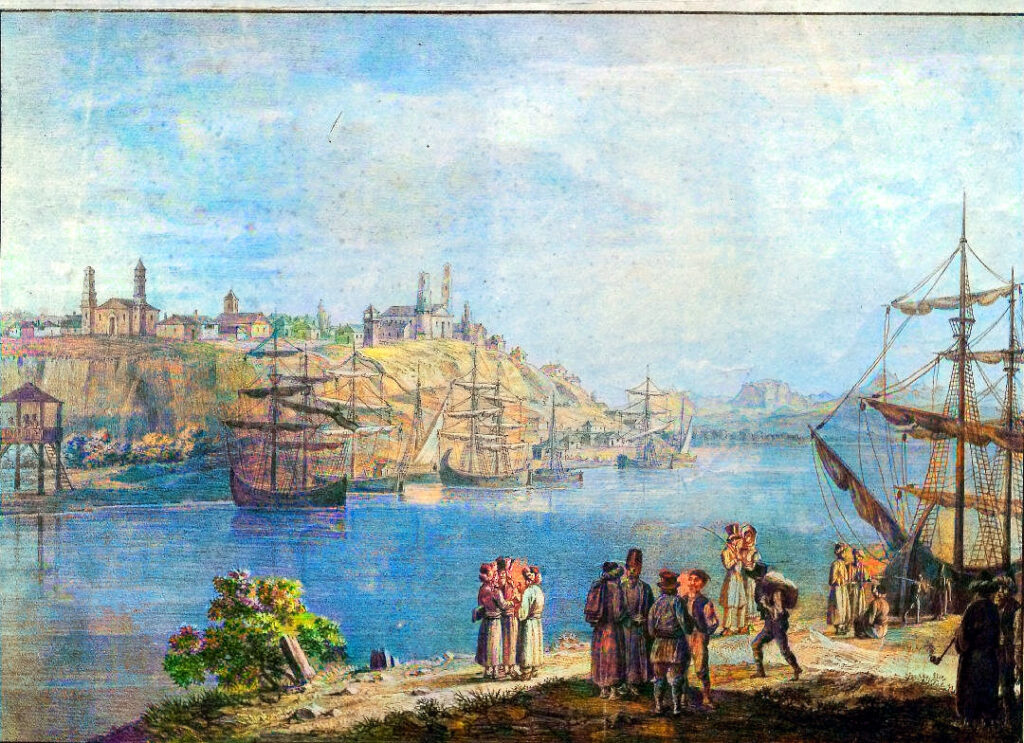
Constantin Ardeleanu has published the paper ‘From “the dirtiest to the best water” in Romania. Public health, sanitary diplomacy and water in Sulina (1890s-1914)’ in Water History (2023). The article is available in open access (link here). ‘In the late nineteenth century, Sulina, a settlement of about 10,000 inhabitants, was Romania’s busiest port. Located at the mouth of the only navigable branch of the Danube, the town held a strategic position along South-Eastern European transportation corridors, being the gateway of Lower Danubian trade and shipping. But Sulina was also a hydrobiological melting pot of natural and anthropogenic water flows carried by the Danube, the Black Sea’s currents, and the tanks and bilges of the thousands of ships that came to load their cargoes in the local harbour and roadstead. With advances in the science of bacteriology, provisioning Sulina with safe urban water became a Romanian and international public health priority. Investments in the town’s water supply and sanitation are a fascinating, yet little-known episode of sanitary internationalism, in which several actors in Romania and Europe cooperated – institutionally, technologically and financially – in the attempt to bring sanitary civilisation to one of Europe’s most crucial commercial and epidemiological gateways. In line with similar interest for water, disease and urban infrastructure in a peripheral (quasi-colonial) context, this paper will be illustrative for the growing debates in Romania around the quality of water in the context of the larger hygiene movement. The rhetoric of ‘improvement’ and ‘progress’ in providing access to safe drinking water, stemming from the idea that ‘uncleanliness with all its consequences comes mainly from lack of water’, was accompanied by calls for the construction of modern water infrastructure.’
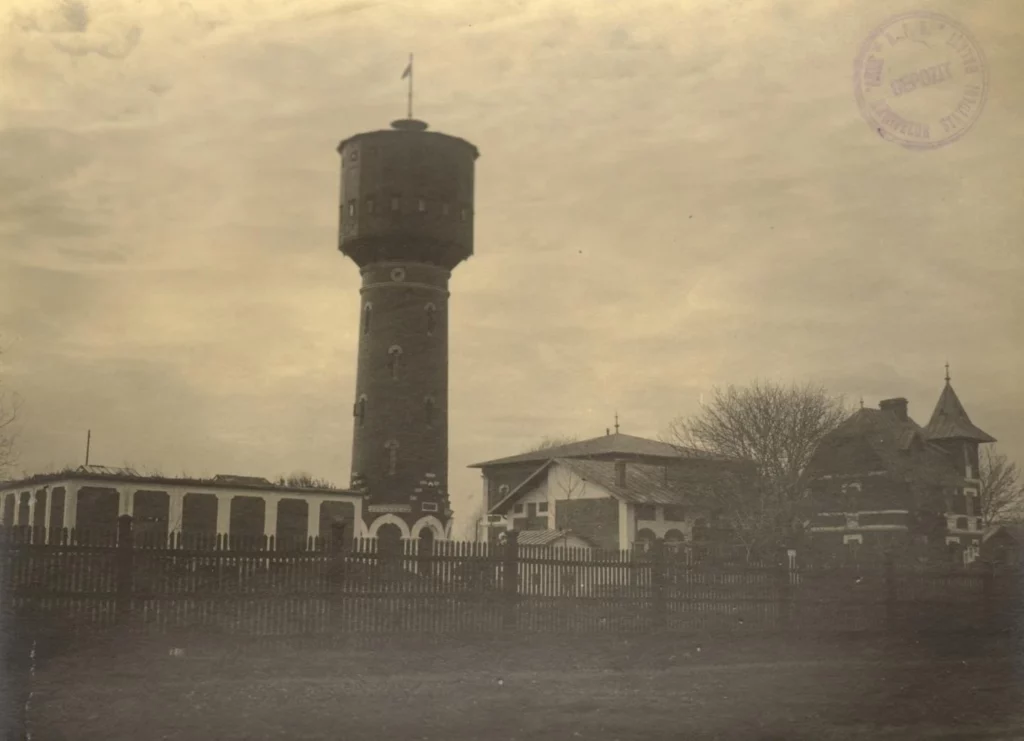
Constantin Ardeleanu has published the paper ‘A Right Inherent in Sovereignty’. Romania, the European Commission of the Danube and the Sulina Sanitary Service (1878–1884)’ in the latest issue (LXI – 2023) of ‘Revue des études sud-est européennes’. This paper analyses the dispute that emerged in 1878 between Romania and the European Commission of the Danube, a techno-political organisation composed of delegates from Europe’s Great Powers, over which side had the right to enforce sanitary policies at Sulina. On the one hand, since Sulina was part of the territory granted in 1878 to Romania, whose independence had been recognised by the Great Powers through the Berlin Treaty, the government in Bucharest claimed that it had the legal and moral rights to extend its public health policies to its newly acquired territories. As an independent state, part of the European community of civilised nations, Romania believed that it possessed all the necessary institutions, knowledge and expertise to fight epidemic diseases threatening its own citizens and those of Europe. On the other hand, since Sulina was the operational headquarters of the Commission, an organisation that enjoyed the status of operating ‘in complete independence’ of Romania’s territorial authority, the commissioners representing the Great Powers of Europe and their governments demanded full control over the sanitary administration of the region. The dispute lasted until 1884, after a functional compromise was reached in several stages.
Andrei Emilciuc has published the paper ‘Russia’s Cordon Sanitaire in the Danube Delta and the Role of the Sulina Quarantine (1834–1856)’ in the latest issue (LXI – 2023) of ‘Revue des études sud-est européennes’. This paper analyses an important issue in Romanian and European historiography, that of the role played by the Sulina Quarantine in the growth of international rivalry at the Danube Mouth during the 1830s – early 1850s. Emilciuc’s research, based in particular on unpublished archival sources from the Chancellery of the Governor of Bessarabia (The National Archive of the Republic of Moldova), aims to address this issue through the prism of the organisation and inclusion of the Sulina Quarantine in the cordon sanitaire of the Russian Empire at the Danube Mouths. This allows for some more insight on whether the establishment of the Sulina Quarantine was justified from a sanitary point of view and how high a priority it was for imperial Russia’s objectives at the Lower Danube.
2022
Constantin Ardeleanu has published the paper “Between Cholera and Ottoman Abuses: The European Commission of the Danube and the Quarantine Regime of the Maritime Danube (1856–1878)” in the latest issue (no. 19/2022) of the “Historical Yearbook“. Ardeleanu’s paper analyses the public health policies adopted by the European Commission of the Danube (ECD), an international organisation tasked to improve navigation along the Maritime Danube. The ECD, a techno-political institution whose attributions were continuously extended after its foundation in 1856, came to be deeply involved in proposing quarantine regulations meant to balance free navigation and sanitary precautions. However, to prevent turning quarantine restrictions into a burden for Danube navigation, the ECD adopted a proactive attitude and tried to simplify quarantine restrictions in cooperation with riparian state authorities. It also cooperated with other transnational institutions, such as Superior Board of Health that worked in the Ottoman capital to prevent the spread of epidemics.
